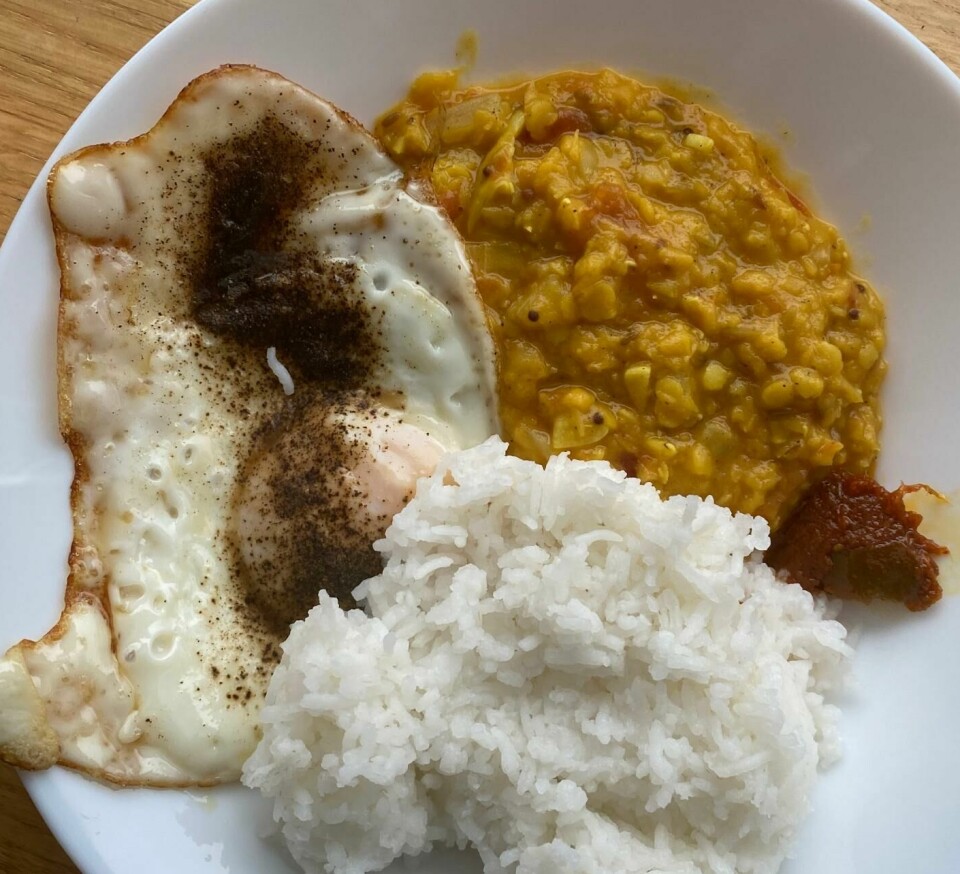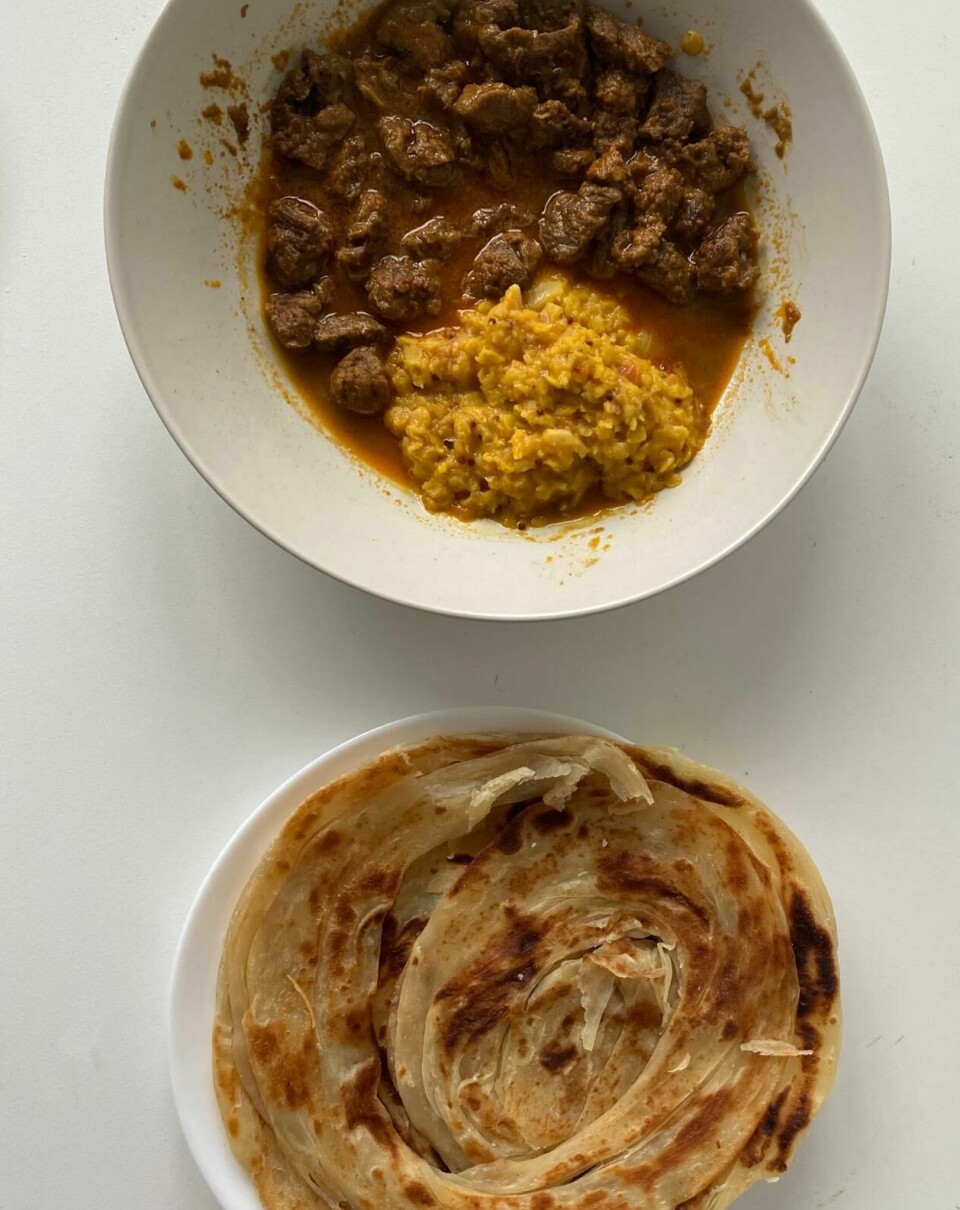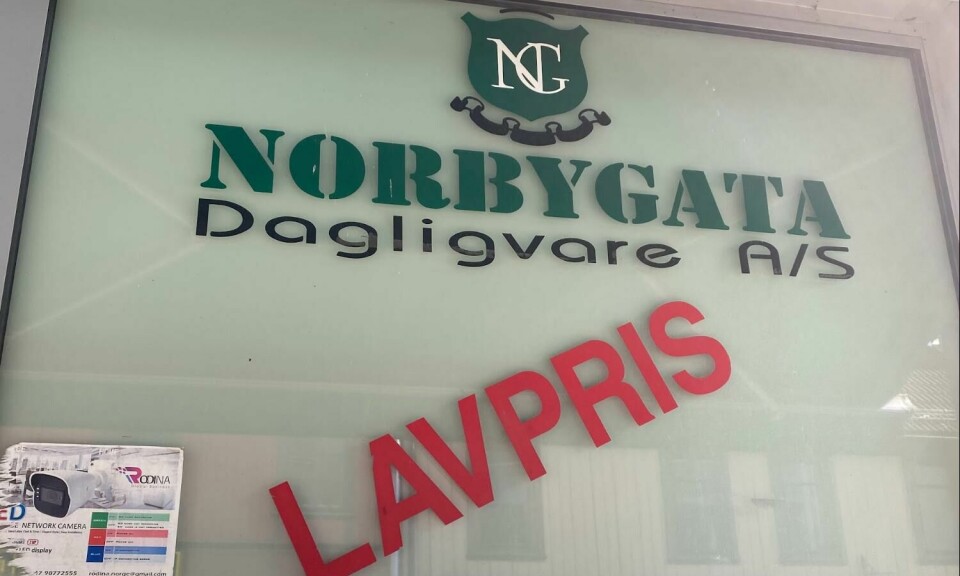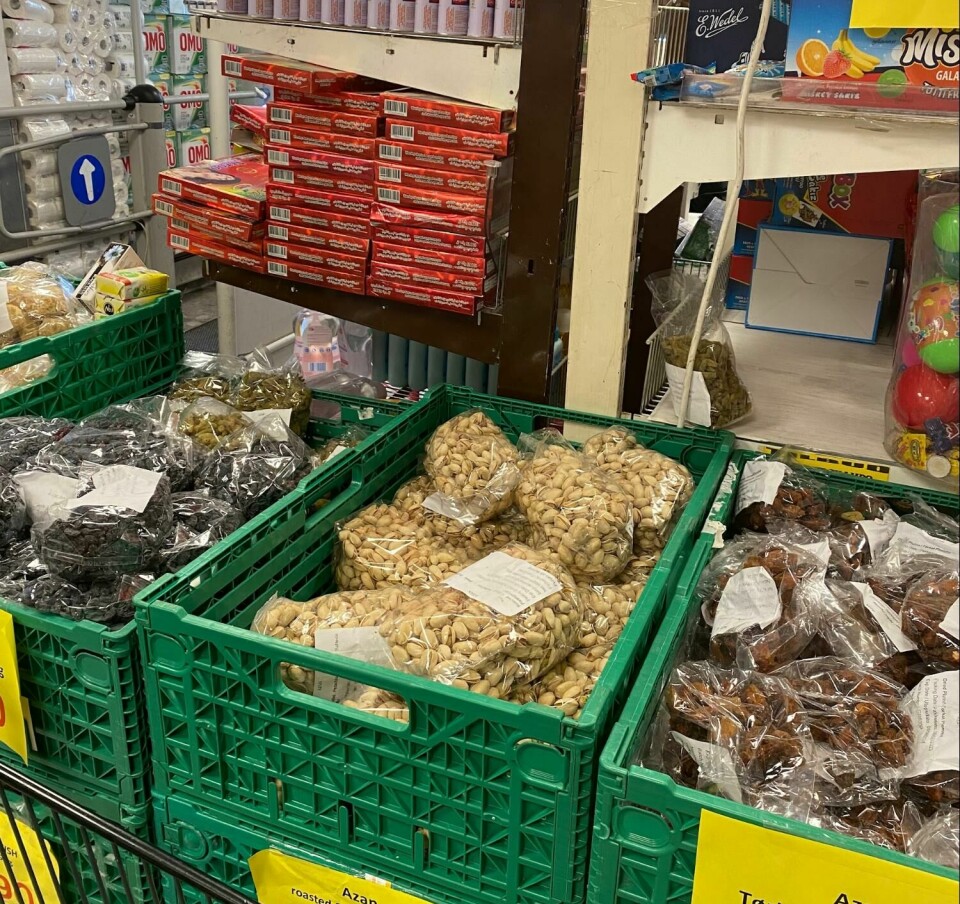
"I Miss My Favourite Meal from Home"
How international students cook their national food in Norway
On the quest to not only broaden my cuisine horizons but also to hear about the ways in which international students feel at home through the dishes they make, I asked a couple of them about the recipes they use and the stores they go to in Oslo to make the meals they miss most from home.
Convenience and comfort meals – it doesn’t have to be one or the other!
Hao: cooking as an improvisation
For Hao, an international GeoScience Master’s student from China, cooking is an improvisation when it comes to deciding what to cook and how to cook it. He mentions that the variety of vegetables he usually finds back home in China is greater than those here in Oslo.
“We always cook the local vegetables: sometimes, I don’t even know their names. It’s very interesting to walk around markets in China compared to the supermarkets here.”
Nonetheless, here Hao says he can occasionally get some Chinese or Asian ingredients from the AFood market Oslo or Scanasia.
Hotpot
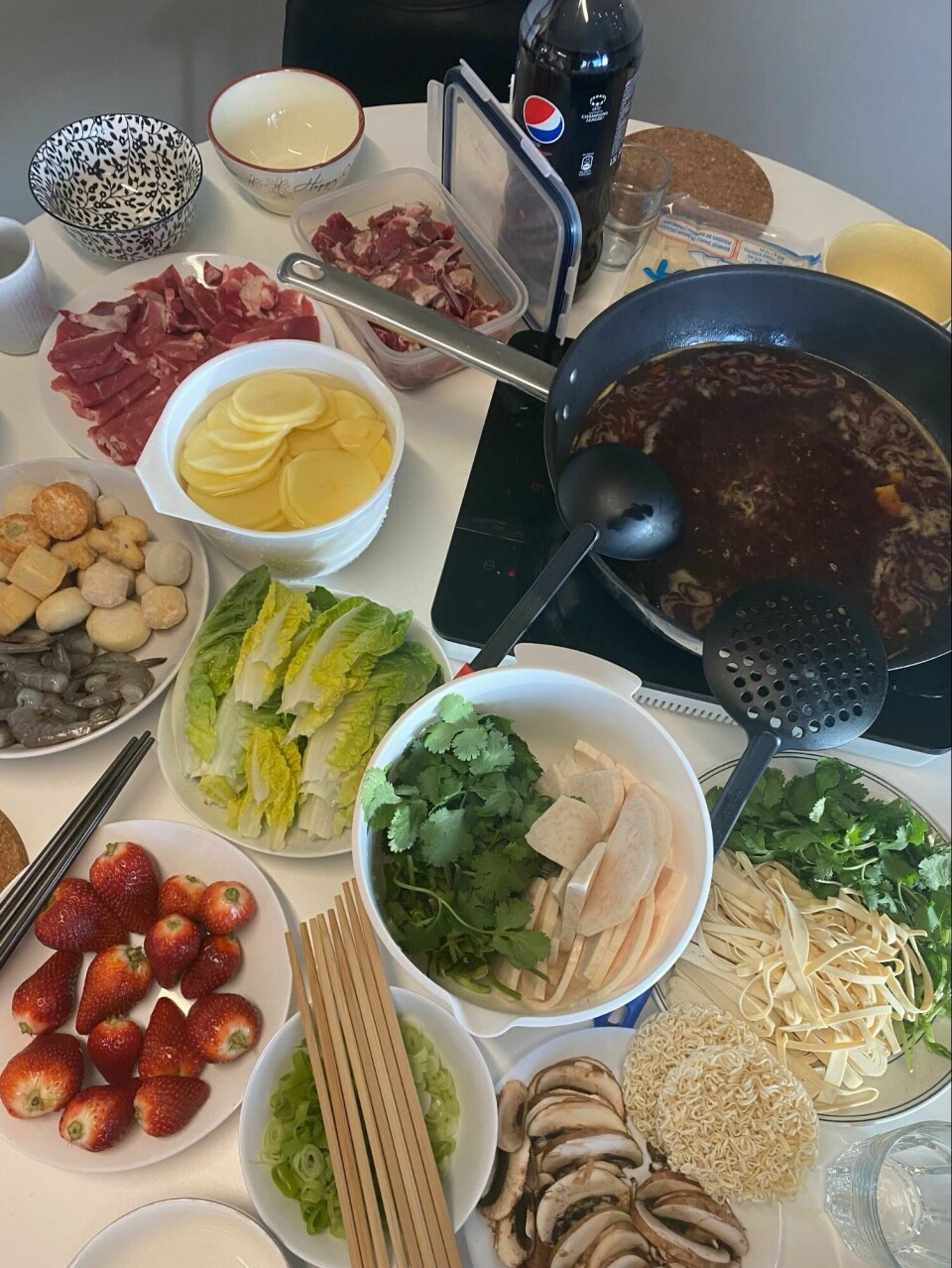
For convenience, Hao says that most days he didn’t always have a proper dinner and would resort to frozen pizza. However, Hao recommends “Hotpot” as a fulfilling meal for students that is also best served with friends or flatmates. Hotpot is essentially a dish whereby you keep a pot of soup broth simmering on a heat source, like an electric burner, and add a variety of ingredients of your choice, such as meat, tofu, vegetables and/or noodles.
“It is the easiest dish and one invented for free-style cooking where we can just put everything together,” says Hao. You only need the spice source alongside the ingredients. “I enjoy eating with friends together, talking over the table sometimes is more attractive than the food!”
Hao was so kind as to invite me to share a meal with his friends, and I got to experience the magic that is Hotpot. We chose the ingredients we wanted to cook in the broth and let it do the work whilst we chatted about life and the future. As the Norwegians would say, så koselig!
Shrimp, mushroom and tofu soup
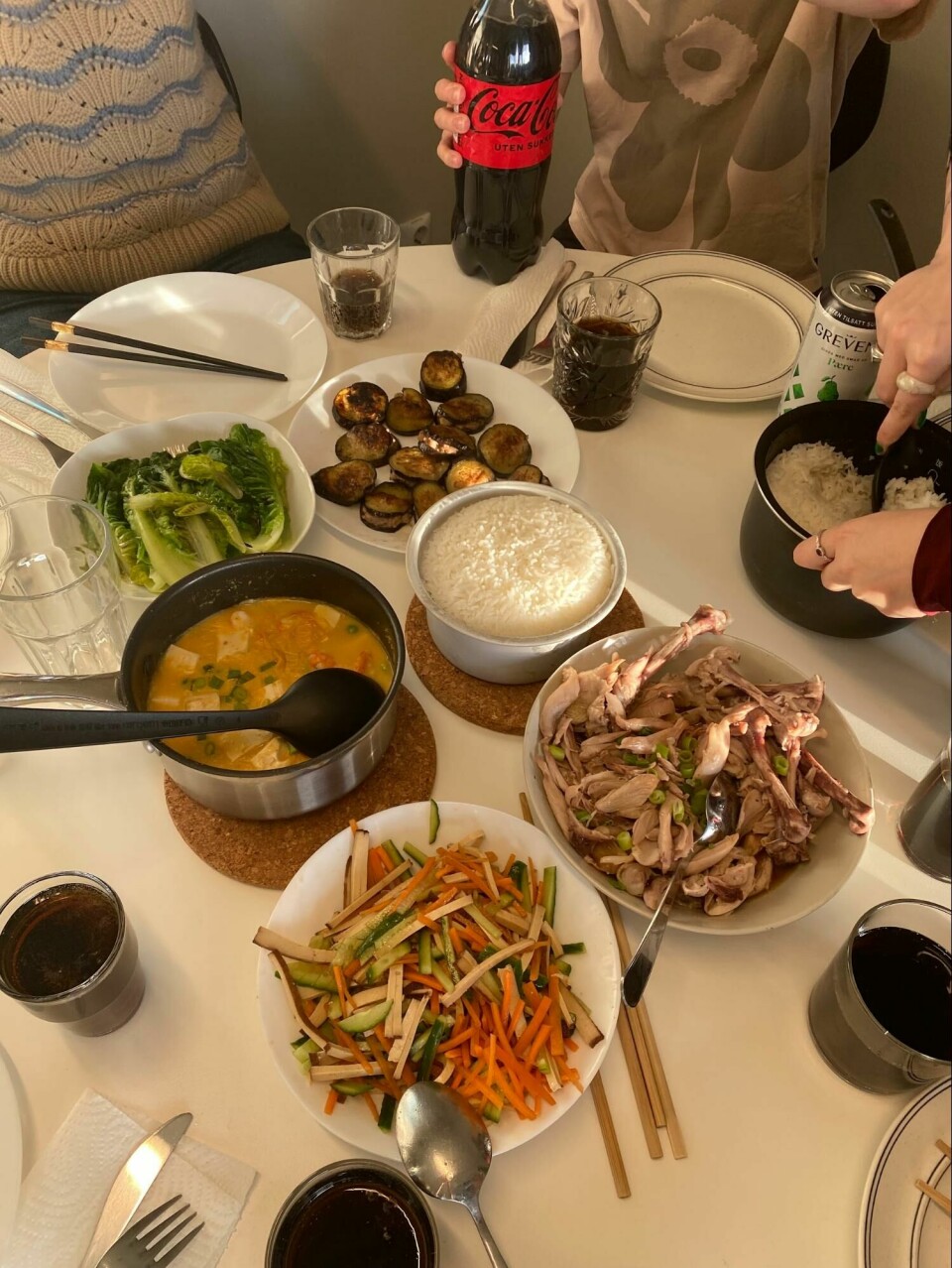
Alongside Hotpot, another favourite of Hao’s is shrimp, mushroom and tofu soup. Good soup is always a treat! The recipe Hao suggests requires you to wash, devein and marinate approximately 200g of shrimp in cooking wine (shaoxing wine, mirin or sake can be used as a substitute and found in AFood Market) and black pepper.
First scramble or fry 2 eggs and leave this to a side after it is cooked to the texture you desire.
Then, fry your shrimp until cooked and add around 100g of mushrooms, eggs, enough water to cover them and let it cook for a couple of minutes. After this, add your chopped silken tofu to cook for another couple of minutes.
Finally, add salt, pepper, chillies and green onion to season along with any other seasoning you desire and serve with rice.
Steamed Eggs
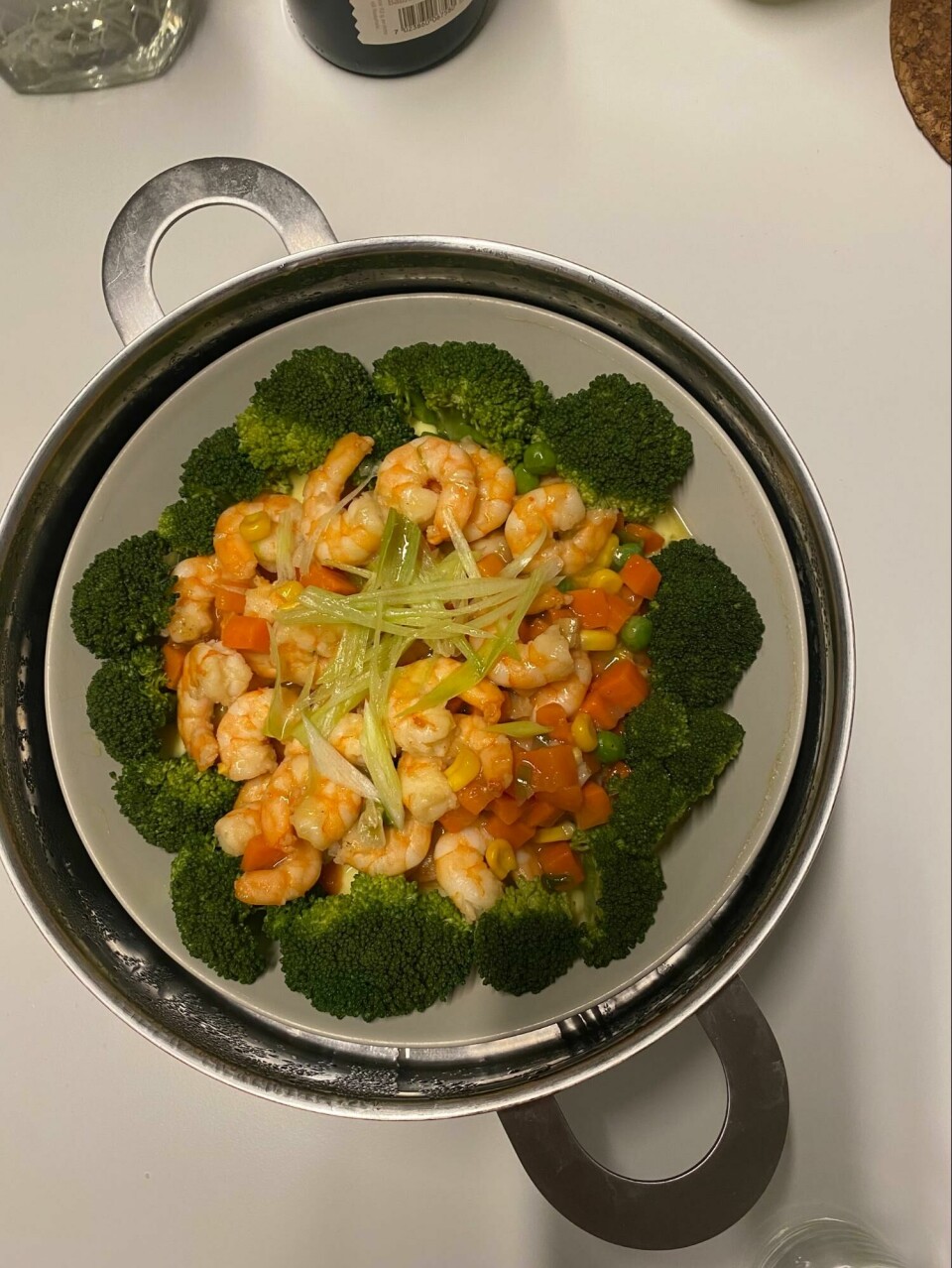
Alongside Hotpot, Hao served us a delicious side dish of savoury steamed egg custard topped with shrimp and veggies. I had left the night adding yet another dish to my to-cook list because of its simplicity and flavour but the technicality of it made me hesitant. After asking Hao for his recipe, he insisted that his cooking was always an improvisation on a recipe he finds on the internet and that each time a dish can look different.
Nonetheless, he directed me towards this recipe that recommends you start with adding *no matter how many eggs you use* 1.5 x that (liquid) amount of warm water, salt or a dash of soy sauce and sesame oil to taste. Once you have whisked that mixture, sieve it to get rid of any foamy bubbles. Then, for the “technical” part, cover the mixture with either plastic wrap with a couple of pierced holes or another equally-sized bowl, and place it in the steamer. The recipe suggests to put cold water into the pot for steaming. Once this water has boiled, steam it for another 5-6 minutes and lower the heat so it simmers for another couple of minutes. Finally, garnish with any ingredients of your choice. In Hao’s case, he chose some shrimp, carrots and broccoli, which suited the dish perfectly.
Ryota: ‘soy sauce solves everything!’
Fried Rice and Miso Soup

For Ryota, an exchange student from Japan, Japanese Style Fried Rice is a staple, alongside Yakisoba, Gyudon and Miso soup, which Ryota mentions is not quite famous compared to Sushi but is making its way up the ranks due to popular culture.
There are some other variations of fried rice on the website recommended by Ryota, but you might need Google Translate or a Japanese-speaker on hand for some ingredients that might be less common! Fear not, as some recipes work perfectly well with substitutes for these ingredients. For example, this variation of fried rice requires a vegetable called Tsubomina, which might be rare to find here, and can be substituted by any green vegetable you desire.
Ryota also uses Asian food stores such as AFood Market but also mentions that he tends to cook without any recipe. “Sometimes it’s really bad, but it’s fine because it’s just for me, myself and I. I usually use soy sauce for anything when I miss Japanese taste. Soy sauce solves everything.” Occasionally, Ryota uses the Japanese sites that his mom often uses at home such as kurashiru.com to search for recipes for dishes such as seaweed and Egg Miso Soup.
Haein: making do and using the basics to create comfort
For Haein, an exchange student from South Korea, her usual meal is a set of rice, stew, and some side dishes that can be made with lots of different ingredients like tofu, spinach, zucchini, bean sprouts, fishcakes, eggs, meat, and etc. Staple sauces for these small dishes usually contain soy sauce and sesame oil.
Jjigae or Korean stew
“I miss Jjigae”, says Haein. She explains that Jjigae is a Korean stew typically made with meat, seafood or vegetables in a broth seasoned with gochujang (red chilli paste), doenjang (soy bean paste), ganjang (soy sauce) or saeujeot (salted seafood). There is not one certain type, but many varieties and it is usually served in a communal dish, boiling hot.
Whilst you can source the basic ingredients or seasoning sauces/pastes, such as kimchi, rice cakes, gochujang and doenjang from stores such as AFood Market, which Haein says she usually visits to search for what she needs to make the dishes she misses, she also definitely misses certain dishes that require good tofu that is hard to find here: dishes such as tofu jjigae, fried tofu, spicy braised tofu.
“I also miss all the different kinds of ingredients that we use in Korea to make the dishes; there are always different kinds of seasonal greens that we make into side dishes or put in the stew or sometimes put in the rice and cook it together.”
Seaweed Soup
However, Haein does resort to some simple dishes and stews that she recommends, such as seaweed soup, which is also a traditional birthday food in Korea so Korean students make it for friends who have birthday or for themselves on the birthday, she explains. Simply stir fry the beef and seaweed in the pot with sesame oil and then pour water into it and just add some salt and soy sauce to make the soup savoury. Voila!
Me (Hannah): making household staples
Parripu or Lentil Curry
Finally, it would be wrong of me to not share a classic staple and comfort food in my household. It goes by many names, but in Tamil it’s called “Parippu” (பருப்பு). Parippu is essentially a lentil curry that usually finds itself on every plate accompanying most Tamil dishes.
To make this dish for a portion that serves 2-4, you will need to first wash 1 cup of lentils (your choice of lentil is completely up to you) a couple of times until the water is clear and let it soak in 2-3 cups of water whilst you continue making the dish.
In a frying pan, drizzle cooking oil, add 1tsp of mustard seeds, 1 chopped red onion, 2 cloves, or if you’re feeling generous, 3 cloves of garlic and 1tsp of cumin seeds. Fry it and let the aromatics come through. After the onions have browned and caramelised a little, add 1 tomato, a dash of turmeric and however green chillies, depending on how spicy you want it to be. Add the lentils and water in its ratio and salt to your taste. After the lentils are cooked, dilute 1 tbsp of coconut powder with 1 cup of boiled water and add into the pot. Garnish with coriander and serve with rice, roti and any other curry of your choice!
Markets and shops mentioned and recommended:
- A Food Market (Osterhaus' gate 8, 0183 Oslo and Lakkegata 3, 0187)
- Storo International Food (Vitaminveien 7, 0485 Oslo)
- Real! Frukt & Grønt(Grønland 8, 0188 Oslo)
- Scanasia butikk avd Storgata (located at Youngs gate 1, 0181)
- Norbygata Grocery AS (Tøyengata 3, 0190 Oslo)
- Chili Hoang (Stenersgata 10, 0184 Oslo)


